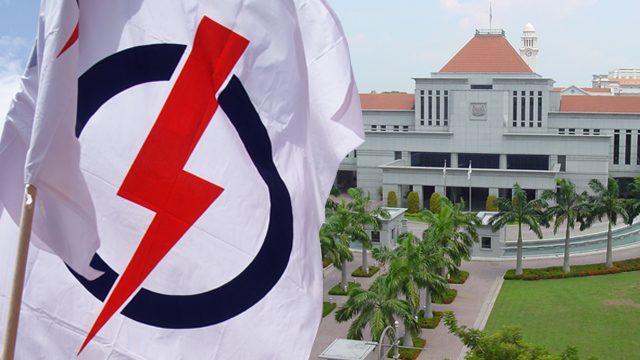SUMMARY
This is AI generated summarization, which may have errors. For context, always refer to the full article.

MANILA, Philippines – Singapore will hold its 17th parliamentary elections on Friday, September 11.
This small island-country has long been under a parliamentary system, even before it gained sovereignty in 1965.
It traces its roots from when it was still under the British government in India and the Parliament of the United Kingdom. The country became a Crown Colony in 1867. (Check Rappler’s Singapore section here)
Singapore adapted the United Kingdom’s Westminster parliamentary system of government, which features a head of state (president) who holds executive power, and a head of government known as the prime minister.
In this system, members of the parliament are voted during general elections. The leader of the political party that scores the most elected seats will be chosen by the president to become the prime minister. In turn, the prime minister will then choose his ministers to form the Cabinet.
In 1959, Singapore became fully self-governed. The Legislative Assembly elections that year witnessed the victory of the People’s Action Party (PAP) and the election of its party leader, Lee Kuan Yew, as the country’s first prime minister.
Singapore’s incumbent president, Tony Tan, has been in office since 2011 and is the country’s 7th president. Tan used to be with PAP until he became independent in 2011.
Lee Hsien Loong, son of Singapore’s late founder Lee Kuan Yew, serves as the country’s prime minister. He is also a member of the PAP.
Political parties
Despite Singapore being a multi-party democracy, PAP has been the ruling political party since 1959, and has won every general election since then.
During the last general election in 2011, PAP secured 81 out of 87 seats in the parliament and received a total of 60.14% votes – the lowest turnout since the country’s independence.
Prime Minister Lee, who succeeded former Prime Minister Goh Chok Tong as PAP’s Secretary General in 2004, currently heads the party.
In 1957, Singapore’s former Chief Minister David Marshall founded the Workers’ Party (WP), considered as the largest opposition team in the parliament.
In the 2011 general elections, a rivalry between PAP and WP was seen when WP lost by only a small margin (45-55%). PAP managed to retain majority of the seats in the parliament, thanks to the block-voting system, a system used in multi-member parties where voters can elect more than one representative in each party.
Aside from the Workers’ Party, there are other active political parties from the opposition: Singapore People’s Party (SPP), Singapore Democratic Party (SDP), Singapore Democratic Alliance (SDA), Democratic Progressive Party (DPP), National Solidarity Party (NSP), Reform Party (RP), Singaporeans First (SingFirst), People’s Power Party (PPP), Socialist Front (SF), and Singapore National Front (SNF).
Now on its 16th Parliament, President Tan recently dissolved the parliament at the request of Prime Minister Lee. Mandated by law, a general election must be held in Singapore within 3 months of the parliament’s dissolution by the country’s president. (FAST FACTS: How Singapore’s parliamentary elections work)
The 2015 general elections will be the first elections since the death of the country’s founding father Lee Kuan Yew on March 23 this year. – Rappler.com
SOURCES
- Parliament of Singapore website
- various news websites
(PAP flag and Singapore Parliament House images courtesy Wikimedia Commons)
Add a comment
How does this make you feel?
There are no comments yet. Add your comment to start the conversation.